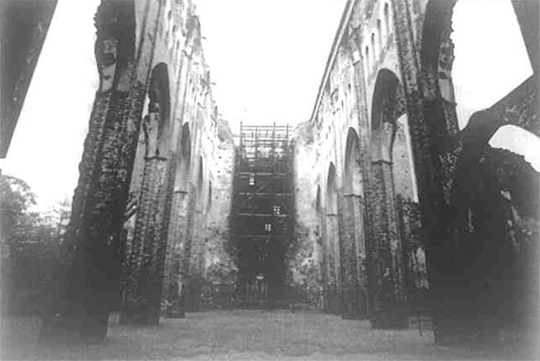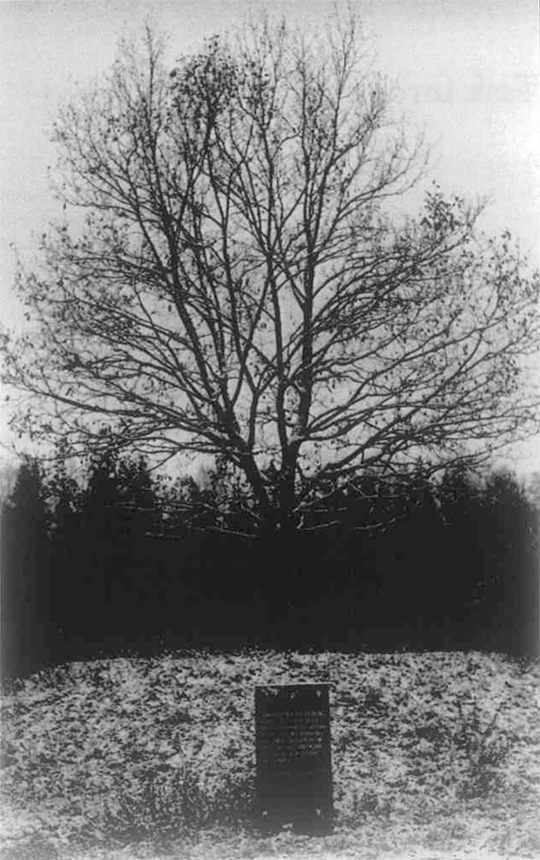Book review: Task Force as seen from the Baltics
Hønneland G, Rowe L. Health as International Politics. Combating Communicable Diseases in the Baltic Sea Region. 119 pp. Aldershot: Ashgate, 2004.
The book Health as International Politics is a result of an evaluation of a major health initiative recently undertaken in the Baltic Sea Region – the work of the Task Force. The public health situation in Russia and the Baltic countries is sending out alarming signals to bordering countries, e.g. when it comes to communicable diseases. Perestroika changed not only the political map of the region, but also revealed old and generated new public health problems which alerted monitoring institutions in Western Europe. The initiative for combating communicable diseases that resulted in the creation of the so called Task Force for Combating Communicable Diseases (Task Force) in the Baltic Sea Region, was taken and supported on the highest political level ever seen before in the countries involved.
The introductory chapter in the book Health as International Politics by Geir Hønneland and Lars Rowe provides an overview of international collaboration in the field before the Task Force initiative was launched, and describes current regional activities, as well as gives an overview of health as a public good – particularly focusing on the DOTS concept.
Chapter 2 contains a description of the establishment and organisational structure of Task Force. Inception of this health care initiative was done by Norwegian prime minister Jens Stoltenberg on March 17, 2000 and resulted in signing of the agreement between all governments heads in the Baltic Sea Council, with Norway making the largest contribution. Finances for start-up were allocated and a secretariat with high level political support opened its office in Oslo. The secretariat provided all necessary support and sat out objectives for all experts involved. The Task Force itself was managed by the Secretariat and the so called Group of Senior Health Officials.
Initially, five programme groups were established for the fields Surveil- lance, Tuberculosis, HIV/AIDS, Antibiotics and Primary Health Care. Due to alarms regarding communicable diseases in prisons of the former Eastern block, the Prison expert group was also established.
International Technical Advisors (ITA) were introduced into the organisational structure of Task Force. ITA ensured technical and logistic support to the members of programme groups and to the projects.
Health as International Politics by Geir Hønneland and Lars Rowe includes comments giving insight to the perception of the commitment within Task Force. These comments are based on interviews with members of Task Force and project leaders.
The chapter on Western vs. Post-Soviet Medicine includes the feedback to the initiative in Russia and Baltic countries, where e.g. the DOTS (Directly Observed Therapy Short course) strategy faces criticism by leading Russian experts. They claim that such strategies are not acceptable for Russia’s setting and they are reluctant to mnemonics like DOTS. Considering DOTS as a starting point, we can explain the distrust of Russians, when they disapprove of ‘magic formulae’ of the West, but this points to a different understanding of public health issues in general.
Next chapter describes the impact of Task Force activities in the post-Soviet area. Interviews conducted in Baltic countries indicate that the Task Force initiative came in the right place at the right time. However, the health care systems of three countries were marred by fifty (not seventy as stated in the text) years of Soviet rule. Moreover, the emphasis is put on the description of the new strategies of the primary health care system, which is strongly believed to be the main tool for future control of communicable diseases.
As mentioned above, the book Health as International Politics is based on interviews performed in 2003 when Task Force activities were yet to finish, and the interviews were aimed to evaluate Task Force operations. The conclusions are found in the final chapter, and they assess the results as very intriguing and interesting.
Two distinct categories of informants are defined and described, providing the reader with the broad range of attitudes held by people involved in Task Force activities, followed by their interpretation of revisiting regional relations, East-West relations and of Task Force itself, to evaluate the development and impact following the initiative by prime minister Jens Stoltenberg, which induced the other government leaders of Baltic Sea Region countries to join in.
Being an outside observer of the Task Force and its activities in the Baltics, I have got a clear impression that we must not underestimate the impact of Task Force activities by any means. It has definitely been one of the major events in the history of medicine in the region, first of all by creating new networks for further collaboration.

The ruin of the cathedral in Tartu, Estonia, is a proof that it is possible to stand upright even if all support and suspension have been taken away. Something for a political interpretation? (Photo: Ø. Larsen 1994)
Associate professor,
Institute of History of Medicine,
Riga Stradins University,
Antonijas iela 1,
Riga, LV-1360
Latvia
Borders
Borders in Eastern Europe have opened up, offering new potentials for development. However, when seen from the outside, it is easy to forget that borders still are there. And some of them even have gained in importance after the split up of the Soviet Union. Therefore, this picture of a small artificial elevation on the ground with a tree growing on the top in a sort of a park, situated deep in a forest, should have special interest. The place is called Draudzibas kurgans, which in Latvian means the friendship mound. Here monuments commemorating partisans of the Second World War have been erected, and veterans gather every year. But just where the tree stands, the borders of Belarus, Latvia and Russia meet. Now these borders in the former Soviet wilderness separate three countries with quite different political systems. (Photo: Ø. Larsen 2003)

